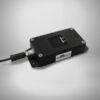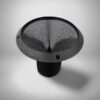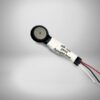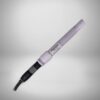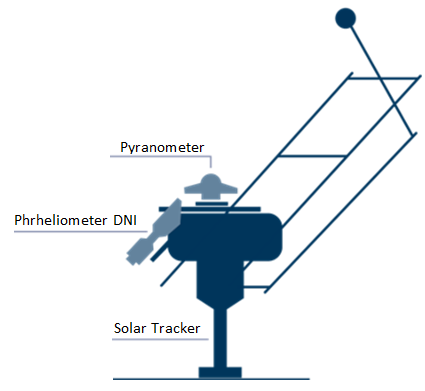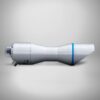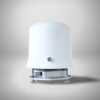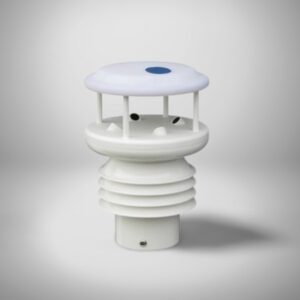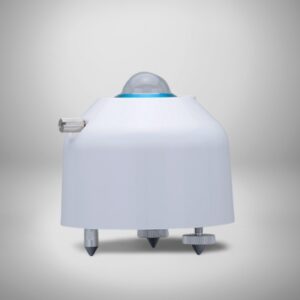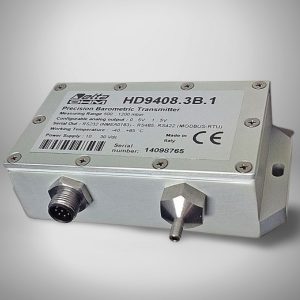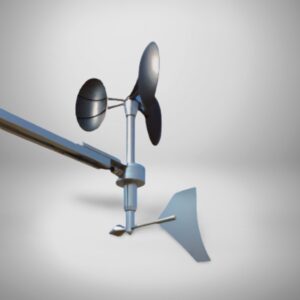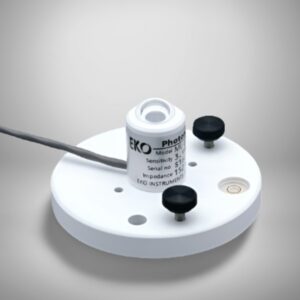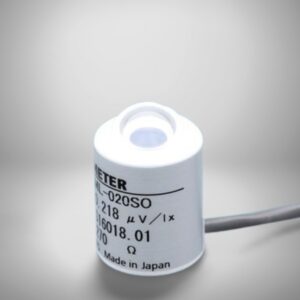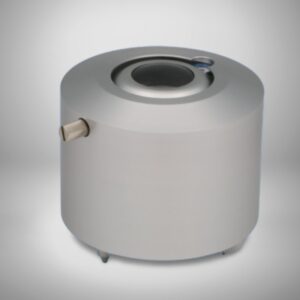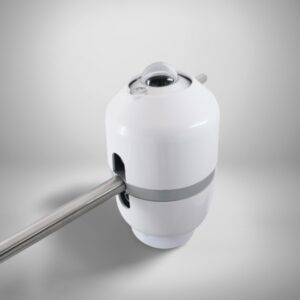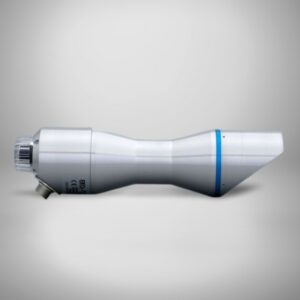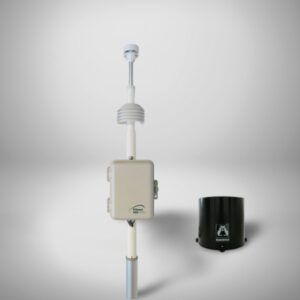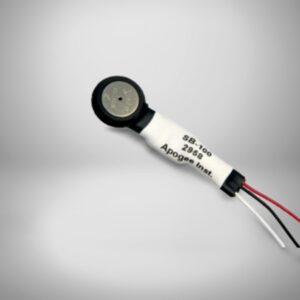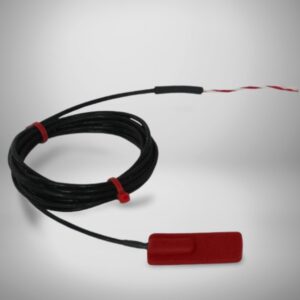The benefits of AWOS are numerous. One of the main benefits is safety. Accurate and timely weather information can help prevent accidents caused by adverse weather conditions. For example, if an AWOS detects a thunderstorm approaching, air traffic controllers can divert planes to alternate routes or airports to avoid the storm. Similarly, road traffic managers can alert drivers of hazardous conditions, such as heavy rain or fog, and advise them to reduce speed or take alternate routes.
Another benefit of AWOS is efficiency. With real-time weather information, air traffic controllers and road traffic managers can optimize flight and traffic operations, reducing delays and saving time and fuel. For example, if an AWOS detects favorable wind conditions, air traffic controllers can direct planes to take advantage of the tailwind, reducing flight time and fuel consumption. Similarly, road traffic managers can adjust traffic signals based on real-time weather conditions, reducing congestion and travel time.
In addition to safety and efficiency, AWOS can also provide cost savings. By reducing accidents and delays, AWOS can save airlines and road operators millions of dollars in lost revenue and damages. Additionally, AWOS can also help reduce maintenance costs by providing accurate weather data to maintenance crews, allowing them to schedule repairs and inspections based on weather conditions.
There are several types of AWOS, ranging from small, portable units to large, fully automated systems. The type of AWOS used depends on the needs of the air traffic or road traffic management system. For example, a small, portable AWOS might be used by a pilot to gather weather information before takeoff, while a large, automated system might be used by an air traffic control tower to manage the flow of air traffic in a busy airport.
Overall, Automated Weather Observation Systems are a critical component of air traffic and road traffic management. By providing accurate and timely weather information, AWOS can help prevent accidents, reduce delays, and save lives. As technology continues to advance, AWOS will become even more sophisticated, providing even more precise and detailed weather information to air traffic controllers and road traffic managers, helping to ensure the safety and efficiency of our transportation systems.




